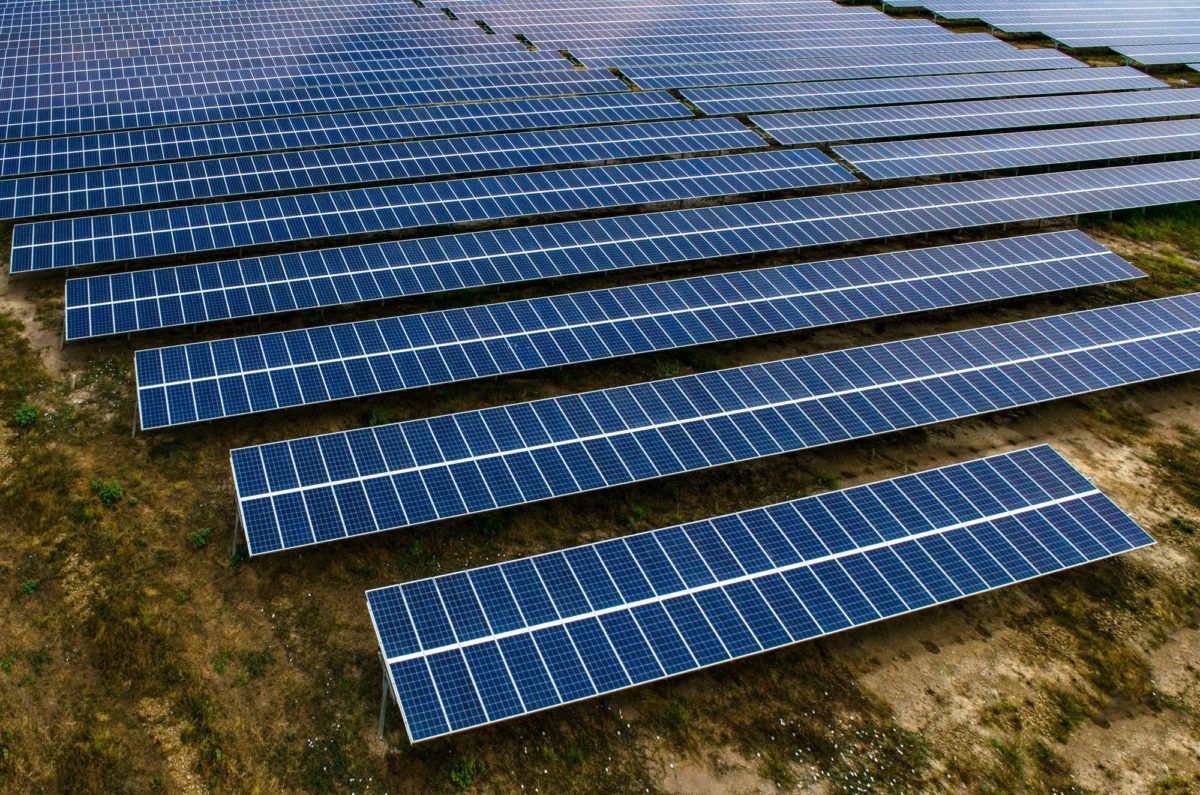Under a council-based financing mechanism, the Victorian municipality of Mildura has welcomed over 200 kW of solar on both on commercial and agricultural properties over the last 12 months. The Mildura Rural City Council says it is adopting the Environmental Upgrade Finance (EUF) program at a face pace with six agreements signed thus far with businesses wanting to upgrade their energy infrastructure and unlock efficiencies and environmental outcomes.
“Reaching more than 200 kW of solar in our local government area shows that Mildura businesses are environmental leaders within Victoria,” said Portfolio Councillor for Environment and Farming Sustainability Anthony Cirillo. He noted that many projects could qualify for the funding, including lighting, heating, ventilation and air-conditioning upgrades, solar installations and water and waste minimisation.
The financing mechanism aims to help businesses access funding for building works to improve energy efficiency, reduce waste and cut water use. Under the EUF agreement, lenders provide finance to a building owner for environmental upgrades, with the local council then collecting the repayments through its rates system and passing them on to the lender.
With the loan attached to council rates for the commercial or farming property, the financial institution is able to offer very attractive loan terms. To be eligible for the EUA program, building owners must pay council rates and ensure that the planned works are improvements to non-residential buildings. Eligible property owners can apply for up to 100% of project costs with repayments structured through council’s rates on a quarterly basis. The minimum loan amount is $15,000.
The latest business to install solar under the Mildura Rural City Council’s EUF program is oeDigital, a family-owned company offering managed print services and scanning solutions. The local business recently installed a 32.8kW solar system that will help reduce its electricity costs and greenhouse gas emissions.
“Going from the initial idea to installation was a very quick and simple process,” oeDigital owner Ivan Janssen said. “The funding application and associated agreement to pay for the solar system through our rates was pushed along by the Sustainable Australia Fund with minimal input from ourselves. A few months later the project has been completed by Mildura Solar and we are enjoying the benefits of lower cost electricity whilst reducing our carbon footprint.”
Australia’s leading provider of EUF is the Sustainable Australia Fund. Originally established by the City of Melbourne in 2002 to enable Victorian businesses to invest in sustainable upgrades of their infrastructure, the facility went national last month with the support of Bank of Australia driven by an increase in interest. As a result, the Sustainable Melbourne Fund was renamed the Sustainable Australia Fund.
“The Sustainable Australia Fund now has a $200 million funding facility available to help businesses upgrade their buildings and unlock savings and sustainability,” the Sustainable Australia Fund’s Business Development Manager James Wark said, adding that EUAs were now even more accessible for businesses across regional Australia, due to the company’s recent expansion.
Reducing reliance on the grid
While they back energy upgrades among businesses, Australian council are also turning to solar to improve their own bottom lines. Earlier this year, Victoria’s Greater Shepparton City Council installed solar panels at the Mooroopna Hub and Doyles Road Complex (DRC) buildings and the new sites are showing the benefits of going solar.
The council says the 170 solar panels at the Mooroopna Hub has resulted in an energy consumption decrease of 42% from the beginning of March to the end of April. Meanwhile, a 302 panel array installed at the DRC has provided a 32% reduction over the same period.
Director Sustainable Development Geraldine Christou said these were excellent results endorsing Council’s energy reduction plan.“Council is consistently seeking paths to improve the environment we live in and to address climate change. The added solar panels are proving to be one step closer to Council’s target goal of reducing energy usage by 20 per cent by 2020,” he said.
In 2015, Greater Shepparton City Council endorsed an energy reduction plan that set an organisational target for reducing energy use and greenhouse gas emissions. Since then, it has been working on introducing hybrid and low fuel cars and low energy globes in street lights in addition to installing solar.
According to the Greater Shepparton Council, Greater Shepparton has more than 400 local businesses currently using solar within the municipality, reducing power bills and assisting to reduce the impacts of climate change. Proposed future installations include solar panels at Aquamoves and the Shepparton Saleyards.
This content is protected by copyright and may not be reused. If you want to cooperate with us and would like to reuse some of our content, please contact: editors@pv-magazine.com.









By submitting this form you agree to pv magazine using your data for the purposes of publishing your comment.
Your personal data will only be disclosed or otherwise transmitted to third parties for the purposes of spam filtering or if this is necessary for technical maintenance of the website. Any other transfer to third parties will not take place unless this is justified on the basis of applicable data protection regulations or if pv magazine is legally obliged to do so.
You may revoke this consent at any time with effect for the future, in which case your personal data will be deleted immediately. Otherwise, your data will be deleted if pv magazine has processed your request or the purpose of data storage is fulfilled.
Further information on data privacy can be found in our Data Protection Policy.